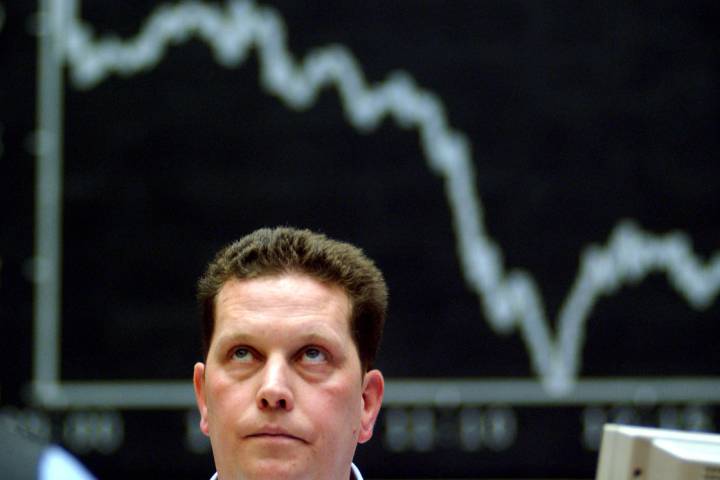
This week, the governor of Connecticut proposed a statewide tax on sugar-sweetened drinks. Several cities have already enacted such soda taxes to raise money and fight obesity. And there’s new evidence suggesting that these taxes do work — although sometimes not as well as hoped.
Kris Madsen, an associate professor of public health at the University of California, Berkeley, is one of the researchers who has been studying soda taxes, in part because she’s convinced that sugary drinks are a menace to society, a direct cause of obesity.
“It’s a pretty high bar for public health to be able to say that something is causing a major epidemic,” she says. “We can do that for sugar-sweetened beverages.”
Berkeley was the first U.S. city to tax those drinks, making them more expensive, and Madsen is leading a team of researchers that’s trying to see how the tax is working.
“We’ve been going out to the same neighborhoods every year for the last five years, and we’ve been asking people the same questions,” she says. Researchers interview people on the street, primarily in low-income neighborhoods.
They started doing this before the soda tax went into effect four years ago, and they’ve continued every year since.
“We saw a 52 percent decline in consumption over the first three years” since the tax went into effect, she says. “This has a huge impact.”
Madsen’s study was published online this week by the American Journal of Public Health.
Memories, of course, aren’t totally reliable; also, it’s possible that people in Berkeley may be underestimating their consumption because they don’t want to admit that they’re still drinking lots of soda.
Other researchers, meanwhile, are trying to quantify the impact of soda taxes by looking at sales data from retail establishments, including grocery stores and convenience stores.
Anna Tuchman, at Northwestern University, is part of a group studying Philadelphia’s soda tax. Philadelphia’s tax is different from the one in Berkeley. It’s bigger, and it also covers both beverages sweetened by sugar and drinks containing low-calorie sweeteners. This is partly because the goal of the tax is largely to raise more money for schools and playgrounds.
Tuchman says that sales of those drinks in Philadelphia have dropped sharply, by 46 percent, since the tax went into effect.
But there’s a catch. “We find a very large increase in sales of soda and other taxed products at stores that are located zero to four miles outside the city,” she says.
Basically, it seems that a lot of people in Philadelphia are driving to stores right outside the city to buy their beverages. This is especially true in the case of sugar-sweetened drinks (and less so of artificially sweetened drinks). When you take that into account, sales in and around the city dropped about 20 percent, not 46 percent. And sales of sugar-sweetened drinks fell even less.
This gets in the way of both of the city’s goals for its soda tax. “People are able to maintain their sugar and calorie intake, and the city is falling short in their ability to raise tax revenues,” Tuchman says.
Tuchman and her colleagues are still revising their paper; it hasn’t been formally reviewed by other scientists yet. Right now, though, it does show some of the difficulties that cities face with their soda taxes.
There are political obstacles as well. The soda industry has been fighting back, arguing that soda taxes are unfair to consumers and won’t really make people healthier. In fact, it recently strong-armed California’s legislature into reluctantly passing a moratorium on further soda taxes by cities in that state.
San Francisco and Oakland, Calif., however, have soda taxes already in place, and Seattle implemented one at the beginning of 2018.
Soda tax advocates, meanwhile, say that there’s a simple way to keep people from avoiding the tax by going outside the city: Just pass a tax that covers an entire state — or maybe even a whole country.
Mexico, in fact, put in place a tax on sugar-sweetened beverages in 2014. That tax is smaller than the soda taxes in the U.S., and its effect on consumption also has been smaller. According to one study, consumption of sugary drinks fell on average by about 8 percent as a result of the tax.
























